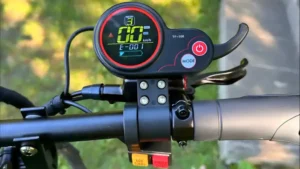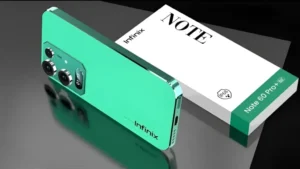The Lincoln Wheat Penny might look like an ordinary coin, but some versions are worth a fortune—up to $6 Million. Minted between 1909 and 1958, these pennies carry historical charm and hidden value. If you have an old coin jar at home, one of these tiny treasures could be sitting inside.
In this guide, we’ll break down what makes certain Wheat Pennies so valuable, how to spot them, and where you might find one.
What Is the Lincoln Wheat Penny?
The Lincoln Wheat Penny is a U.S. one-cent coin produced from 1909 to 1958.
- Front (Obverse): Portrait of President Abraham Lincoln
- Back (Reverse): Two wheat stalks, which earned it the nickname “Wheat Penny”
- Designer: Victor David Brenner
It was the first U.S. coin to feature a real person, making it a milestone in American coinage.
Why Are Some Wheat Pennies So Valuable?
Not every Wheat Penny is worth thousands. What makes certain ones special are:
- Low Mintage: Fewer coins produced = higher rarity
- Mint Errors: Mistakes like doubled designs or missing marks increase value
- Condition: Well-preserved coins are far more valuable
- Historical Significance: Early editions or unusual variations stand out
In rare cases, a single penny has sold for tens of thousands at auction.
Key Features of Valuable Lincoln Wheat Pennies
Here’s what you should look for when examining your pennies:
| Feature | Details to Check |
|---|---|
| Year | Rare years: 1909-S, 1914-D, 1922-D, 1931-S |
| Mint Mark | Look below the year for “S” (San Francisco) or “D” (Denver). Some are extremely rare. |
| Condition | Shiny, uncirculated coins fetch much higher prices. |
| Errors | Double-stamped dates, off-center strikes, or missing mint marks add huge value. |
Rare Wheat Pennies Worth Big Money
Some standouts in the Wheat Penny series include:
- 1909-S VDB: The first Wheat Penny, with designer Brenner’s initials. Only 484,000 minted.
- 1914-D: Very low mintage from Denver, making it highly collectible.
- 1922-D “No D”: A famous error coin where the Denver mint mark is missing.
- 1931-S: Just 866,000 produced, adding to its rarity.
Valuable Minting Errors
Certain mistakes made during minting turned ordinary pennies into collectibles:
- Double Die: Letters or numbers appear doubled.
- Off-Center Strikes: The design is misaligned.
- Missing Mint Marks: Example: the 1922-D “No D.”
Collectors pay thousands for these error coins.
How to Spot a Valuable Wheat Penny
Even beginners can search for rare Wheat Pennies. Here’s how:
- Check the Date: Focus on rare years like 1909-S, 1914-D, and 1931-S.
- Look for Mint Marks: Tiny “S” or “D” under the date may signal rarity.
- Examine Condition: Coins in mint state (MS-65 or higher) can be worth thousands.
- Inspect for Errors: Use a magnifying glass to check for doubling or other unusual features.
- Get It Graded: Services like PCGS or NGC can confirm authenticity and maximize resale value.
Where to Find Wheat Pennies
Surprisingly, Wheat Pennies still pop up today. Check:
- Pocket Change: They occasionally slip into circulation
- Coin Rolls: Buy penny rolls from banks and search through them
- Flea Markets & Estate Sales: Old collections often surface here
- Family Heirlooms: Jars, boxes, or old piggy banks may hide treasures
How Much Are They Worth?
Values vary widely based on year, mint mark, and condition.
- Common Wheat Pennies: $0.05 – $1
- Rare Dates (like 1914-D): $1,000+
- Error Coins (like 1922 No D): $10,000+
- 1909-S VDB in Mint Condition: Up to $60,000
Tips for Coin Collectors
- Store Safely: Use protective coin holders or albums
- Never Clean Coins: Cleaning can scratch the surface and lower value
- Research Values: Check auction results and price guides
- Join Coin Clubs: Network with collectors to learn and trade
Conclusion
The Lincoln Wheat Penny isn’t just a piece of pocket change—it’s a slice of American history that could make you rich. By carefully checking dates, mint marks, and condition, you could uncover a coin worth tens of thousands of dollars.
So, grab that coin jar, dust it off, and start looking—you might just be holding a small fortune in the palm of your hand.
FAQs
1. What makes a Lincoln Wheat Penny valuable?
Rare years, mint marks, errors, and excellent condition.
2. Where can I find Wheat Pennies?
In circulation, bank coin rolls, flea markets, or old collections.
3. How do I know if my penny is rare?
Check the year, mint mark, and look for unusual errors.
4. Should I clean my Wheat Penny?
No. Cleaning reduces its value significantly.
5. How can I sell a valuable Wheat Penny?
Use professional grading services and sell through reputable coin dealers or auction houses.



